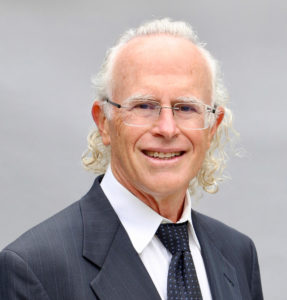Report finds pressure ulcer frequency declining, avoidable hospitalizations rising
| Click for larger version |
The Agency for Healthcare Research and Quality (AHRQ) released its annual healthcare quality and disparities reports this week. The reports, mandated by Congress, include some compelling information on a variety of skilled nursing concerns. Here are some highlights:
On the subject of daily activities, The National Healthcare Quality Report (NHQR) recognizes the basic concept that long-term care settings can provide assistance with ADLs that cannot always be maintained in the home. In 2008, 16.2% of long-stay residents had received increased help with ADLs. Overall, the number of residents needing ADL assistance remained relatively constant from 2000-2008; however, the rate did increase with residents aged 0-64 and 65-78.
Another skilled nursing challenge covered is the serious clinical issue of pressure ulcers—that potential black eye in quality. The great news is that from 2000-2008, the number of residents suffering from pressure sores declined overall. Pressure sores showed a decrease from 22.6% to 18.9% for short-term residents, while the rate for long-term residents fell from 13.9% to 11.7%. (Short-stay residents have higher rates of pressure sores. This can be attributable to the fact that residents are often discharged from an acute-care setting to a skilled facility with hospital-acquired sores.)
One last finding concerns the avoidable hospital admissions of skilled nursing residents within 30 days of admission. This is a costly situation. CMS data (2000-2007) shows that in 2000, the costs for these avoidable conditions ran to $343.7 million dollars and, by 2007, that figure grew to $724.4 million. The report recognizes that these costs might be escalated by mis-, under-, or overuse of available services.
The NHQR offers a glance at how skilled nursing fares in the big picture of national healthcare. Click here for the report in PDF format.

Sandra Hoban was on I Advance Senior Care / Long-Term Living’s editorial staff for 17 years. She is one of the country’s longest-serving senior care journalists. Before joining Long-Term Living, she was a member of the promotions department at Advanstar Communications. In addition to her editorial experience, Sandi has served past roles in print and broadcast advertising as a traffic and talent coordinator.
Related Articles
Topics: Clinical











